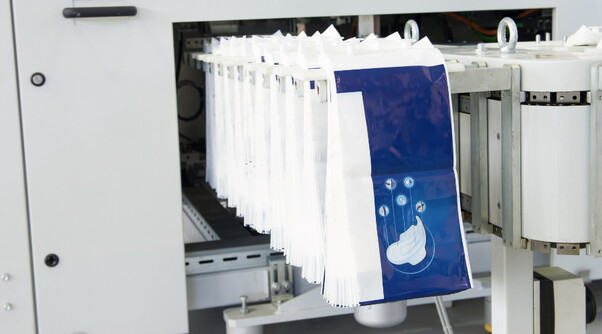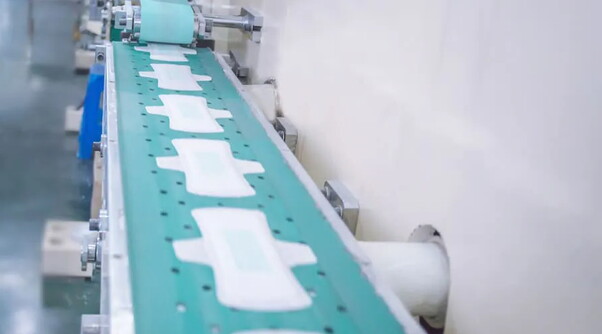But there's a dilemma: the market is divided between big-name brands with high-speed sanitary napkin machines and small-scale operations run by NGOs.
The big players have massive production units that churn out millions of pads daily, but they come with hefty costs and rely on extensive distribution and advertising. This means their products often end up more expensive due to added margins and logistics.
On the other hand, smaller NGOs use low-cost manual machines, but the quality can be inconsistent and the production costs end up being high. This makes it tough for them to sustain operations once their initial funds dry up.

So, what's the middle ground?
Enter mid-scale decentralized production. These machines offer a balance between cost, quality, and speed. They're not as expensive as the big units and not as unreliable as the manual ones. With production speeds tailored to serve tens of thousands of women, they can keep costs down and still meet demand without needing a massive distribution network.
We specialize in these mid-scale machines. They offer customizable options to meet local needs and strike the right balance between affordability and quality. It's a step towards making menstrual hygiene products accessible to all without breaking the bank.
Here's a simplified breakdown of the process for starting your sanitary pad production business:
Raising Funds:
If you need funding, there are government loan schemes like Stand-up India and Pradhan Mantri Employment Generation Scheme. These can provide loans ranging from INR 35 lakh to 1 crore, with subsidies available based on factors like location or gender. The application process can take anywhere from 1 to 6 months depending on the bank.
For smaller amounts, you can look into Mudra loans, which offer up to INR 10 lakh and usually have a quicker process. These funds can be used to buy machines or cover production costs.
Approvals:
In India, sanitary napkins fall under the technical textiles category and don't require FDA approvals. However, they must comply with BIS standards. Make sure your raw materials and production facilities meet these standards. You can get a certificate of compliance from any NABL accredited lab by sending them samples of your pads.
When setting up your production unit, you'll need to obtain various licenses from the local government. This includes a Shops and Establishment license, as well as ensuring compliance with electricity and fire safety regulations.
If your production unit has less than 6-9 employees per shift, you won't fall under the Factory Act or ESIC compliances, which are required for larger operations. But as you scale up your production or add more machines, you'll need to apply for additional licenses.
For more detailed information, you can check out government websites for specific requirements and procedures.

Infrastructure:
Depending on the type of mid-scale machine you choose, you'll need 1000-3000 square feet of space. The production area itself typically requires less than 500 square feet, but you'll also need ample storage space for bulky raw materials.
For pneumatically run machines, you'll need an air compressor and air dryer. It's also a good idea to have a voltage stabilizer and a generator or inverter in case of irregular electricity supply.
Raw Materials:
Most raw materials for sanitary pads are now manufactured in India, which reduces lead times. These materials include things like air-laid paper or wood pulp, tissue with SAP (super absorbent polymer), PE films, glues, and release papers. There are also eco-friendly options available, like oxo-biodegradable and compostable materials. Depending on your target price, you can choose from a variety of options. Some suppliers, like Saral Designs, even offer inventory management services to streamline the process for machine buyers.
Sales & Distribution:
First, identify your target audience based on factors like age group and location. For urban areas, you can distribute through medical shops, general stores, online platforms, and modern retail outlets. In rural areas, you can leverage existing networks like Self Help Groups, health workers, schools, and hospitals.
Before starting sales, register your brand name for trademark protection. Packaging requirements are specified under BIS standards, so ensure your design meets those guidelines. You may also need to register for a barcode, especially for sales through modern retail channels.
Research trade terms in your target area, including retail prices, distributor margins, credit terms, and any special offers. Cash flow planning is crucial, especially considering the possibility of high default rates in some regions. Consider options like cash and carry to mitigate risks with distributors and retailers.
